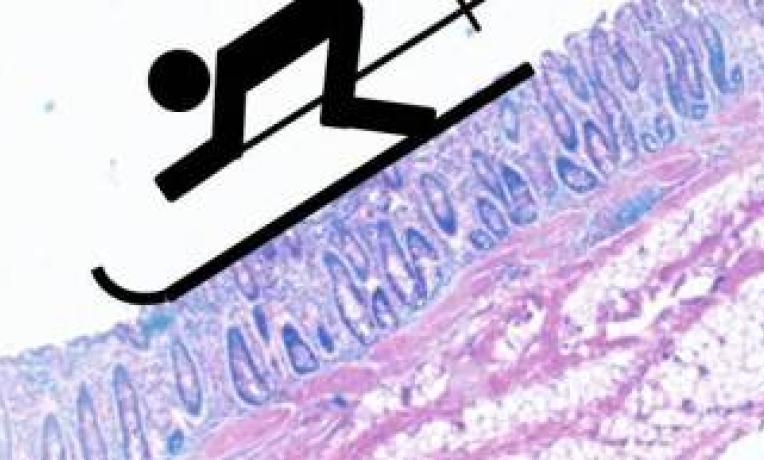How can mucus make systems work more efficiently?
Prof Seunghwan Lee's research project explores the lubrication mechanisms of mucins and mucus gels. He is interested in how systems perform and maintain themselves, with a particular emphasis on the effect of friction, and lubrication, on surface contact. He explained that "in everyday life we recognise that mucus is a slippery substance, but there is very little scientific literature, no systematic understanding of how and why it behaves as it does."
©Seunghwan Lee

The presence, and the quality, of mucus is one of the indicators of the healthiness of the human body. Scientists' incomplete knowledge of the properties of mucus has implications for our comprehension of what happens when the system fails to work properly – when a patient suffers from asthma for example. Prof Lee's work on the structure and biophysical behaviour of mucus should be of particular interest for epidemiologists.
By examining the biological behaviour of mucus Prof Lee hopes to discover more about its characteristics, in particular how its balance between stickiness and slipperiness enables it to function. Prof Lee selected contact lenses to explain how his process works: "they rely on the dual properties of mucus: one side of the lens adheres to the surface of the eye whilst the other side remains in constant surface contact with the eyelid. It is this synchronised function which allows the lens to stay in place in the wearer's eye." The results of this research could have positive implications for the performance of biomedical devices: it could result in a more effective coating for devices such as catheters or endoscopes for example. One of the ambitions of this project is that the improved device would be able to respond more efficiently to the status of the surface it comes into contact with.
The five year time frame afforded by the ERC funding has given Prof Lee the freedom to spend his first year laying the groundwork for his project. The team have been able to collect samples directly from biological tissue, and to carry out an in-depth purification process. This is a form of quality control, but it also reduces the risk of working with contaminated material.
Prof Lee worked in Switzerland for eight years before moving to his current institution, Denmark Technical University (DTU). His ERC grant has established his academic position and enabled him to begin his research much more swiftly than he would otherwise have been able to do.


